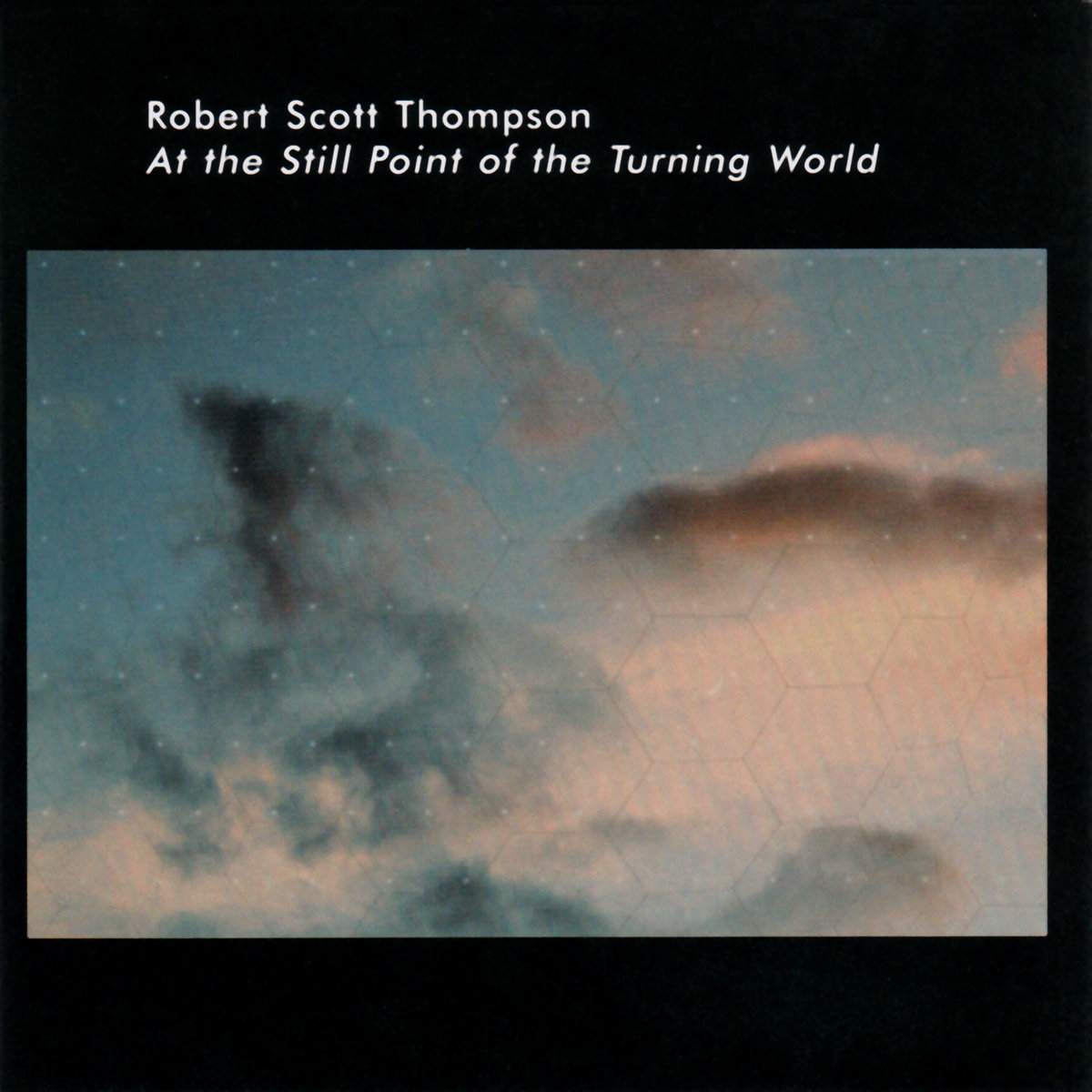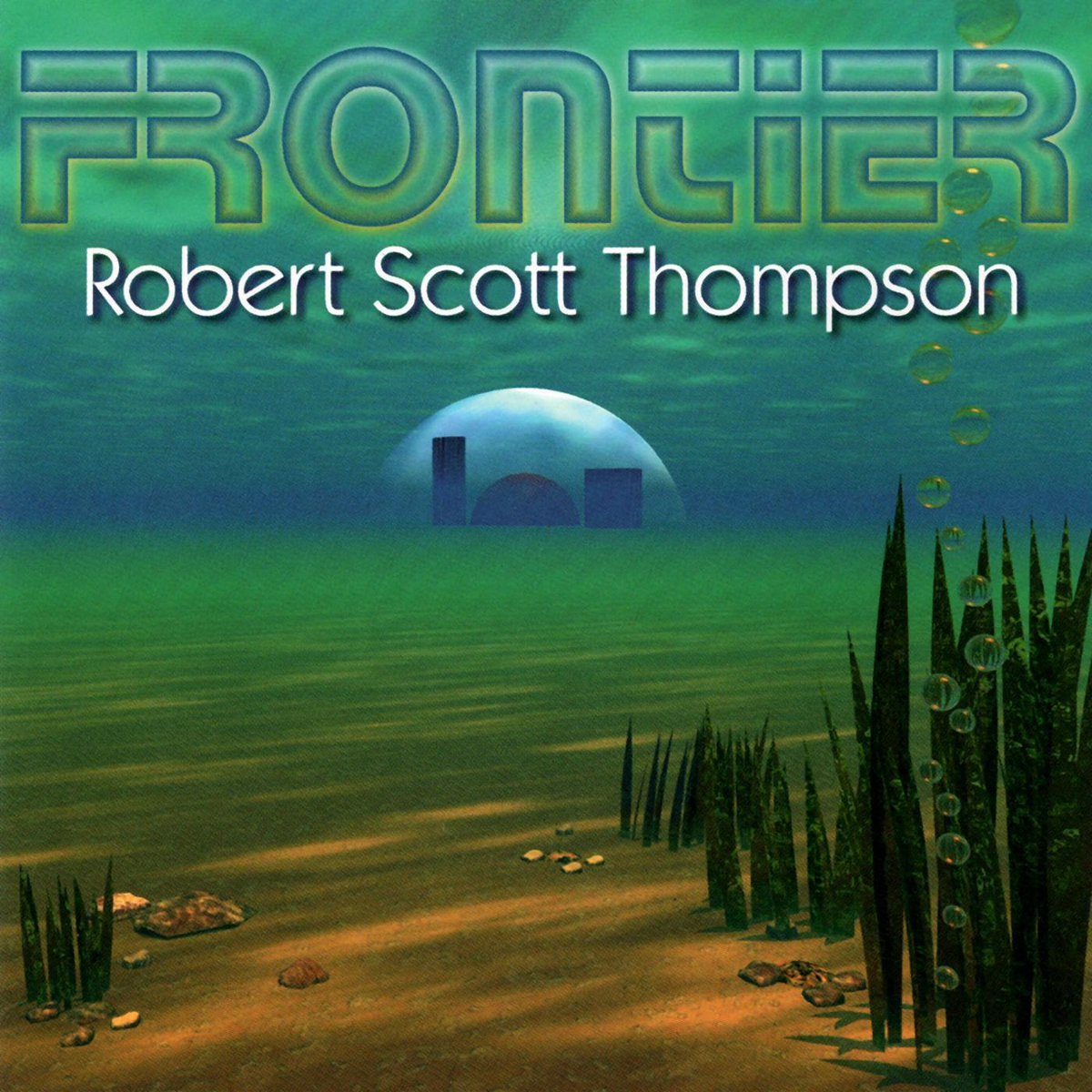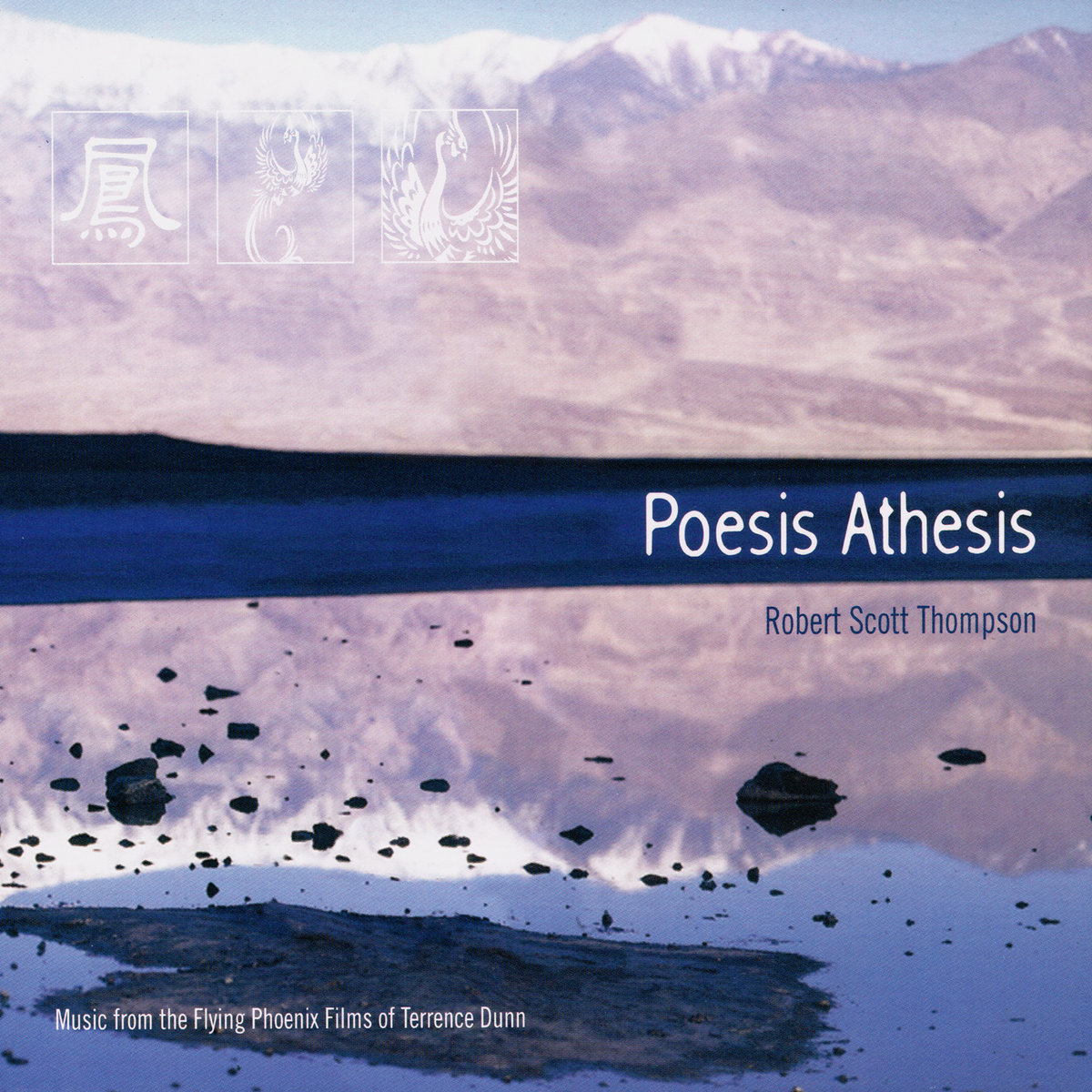The more I listened to the collaborative album between Robert Scott Thompson and James Johnson, Forgotten Places, the more I tried to isolate what it was that Robert “brought to the party” which made this CD such an astounding piece of work. I heard definite elements of James Johnson’s trademark minimalist ambient piano and keyboards (some of which were new on this CD), but I also knew there was a musical element that represented a marked, if not a drastic departure, for the man (Johnson) I once referred to as the heir apparent to Brian Eno.
It was, perhaps, the twelfth or fifteenth listening. I was preparing Sunday dinner for a (quite ill) Kathryn, who was asleep on the couch. The setting sun was streaming into the kitchen from the back sunroom¹s windows and Onyx was outside harassing squirrels on a perfect early autumn evening. I felt a sense of calm brought on by the combination of hearing this music I loved along with performing an activity that I loved (cooking). Wham! That’s when it hit me! James Johnson has always worked in long-form music, including his destined-to-be-classic effort with Stephen Philips, Lost at Dunn’s Lake (an album-length piece of music). Robert, on the other hand, is consummately talented at piecing together shorter songs, unified by an intangible feel, yet still quite varied (if one breaks down the music technically). That was the key to this unique album! And that is also why I’m prepared to make a statement that’s quite bold, even for a critic like me (who’s prone to wax eloquently about many albums I enjoy).
Forgotten Places may well be The Pearl for the new millennium. If you’re not familiar with The Pearl, it’s a considerably older recording, a collaboration between Brian Eno and Harold Budd (two musicians more or less credited with creating the genre of minimal ambient music). The Pearl is considered, by many, to be one of the finest and most influential albums ever recorded in this genre. And yes, I’m now fully aware what I have written about Forgotten Places. And yes, it’s that good.
Ten tone poems, each unique and suffused with an amazing balancing act of emotional impact — serene yet brimming with tension, tragic yet achingly beautiful, mournful yet content, and melancholic yet hopeful. This truly is the perfect union of two superlative musical talents!
The music on Forgotten Places can be as restrained as gentle, minimal piano notes suspended over a soft whisper of synthesizers, or it can carry strains of synth strings, synth choruses, overt electronic effects, or even synthesized woodwinds to flesh the sound out until the music is like a miniaturist piece of neoclassical music. Like an assorted collection of fine gems, e.g., jade, opal, sapphire, onyx, ruby, and, well, pearl, each song on the album sparkles in its own individual way.
The opening number, “A Slow Return,” will sound instantly familiar to Johnson fans, with minimal piano accented by both a solitary synth string and string section, along with hushed synth choruses. The sound is so fragile and delicate, yet so beautiful that it fills the room with a warm glow. “Resonant Landscape” starts off with a cello-like sound, soon joined by other strings (a viola, perhaps), evoking comparisons to Tim Story, until the subtle dissonance of what sounds like a flute briefly flits into view. As the song develops, it becomes a duet of sorts between floating synth chords and piano, with occasional contributions from a solo violin. The piece has a fuller sound than the first cut, yet the comparison to Story’s brilliant miniaturism is right on the mark. As stated above, the music deftly maneuvers between polar opposite evocations – peaceful yet with a thread of regret running through it…an unasked question or a word of comfort not offered in a time of need perhaps. Heavy duty stuff? Well, my emotional response to the album was pretty intense, but the music on Forgotten Places is not in the least bit oppressive. That’s the genius of these two musicians, i.e., their combined ability to weave such complex and deep emotions into music that can be heard as something relatively simple (this is, of course, the very essence of minimalism when it’s done right, as it’s performed here).
While I have only described two songs, I’m aware that I have to rein in my enthusiasm somewhat or no one will finish reading this review due to its length. Again, I want to stress that the individual selections on Forgotten Places brim with individuality, yet the common thread of piano, synth, and a minimalist approach winds its way throughout all ten cuts. There are moments of dissonance and atonality, but never in the least are these harsh or obtrusive. Instead, these occurrences (and they are rare, believe me) serve as brilliant counterpoints, effectively undercutting any possibility (remote as it would be otherwise) that the listener would feel the music is too warm or too “pretty.” Cuts like “Innocence Lost,” which approach a darker texture, with more overt spacey synth effects, still retain a core of humanity, the same way that Tim Story does likewise when he eschews piano (such as on Eyelids of the Sea from Beguiled).
Favorite songs for me would be the opening number (“A Slow Return“), “Stolen Moment,” “Then & Now” (with gorgeous use of synth choruses and synth woodwinds – or so they sound to me), “Low and Clear,” which contains brief environmental sounds (water lapping at the shore) amid a less melancholic use of keyboards and synths, the lovely but quite sad “Malay,” with cello, violin, piano and keyboards, and the album-closing “Endless,” which ends the CD on a somewhat optimistic, yet not necessarily cheery note.
Fans of The Pearl should (obviously) order this CD immediately! So should fans of either of the two artists (Budd or Eno) who recorded that album. In addition, lovers of Tim Story¹s work, and those of you out there who own (and love) the late Dan Hartman’s New Green Clear Blue will also find this CD to your liking, I’d wager. Unless you are almost zealously committed to only long-form ambient music or are loathe to listen to piano mixed in with electronic keyboards, I would be amazed if you don’t enjoy (to put it mildly) Forgotten Places as much as I did. Whether or not you feel it deserves to be compared to The Pearl, I can’t say. In my opinion, if it doesn’t equal that masterpiece, it comes as damn close to it as anyone ever will. Kudos to James and Robert. Need I say it? My highest recommendation.
— Bill Binkelman, Wind and Wire







Reviews